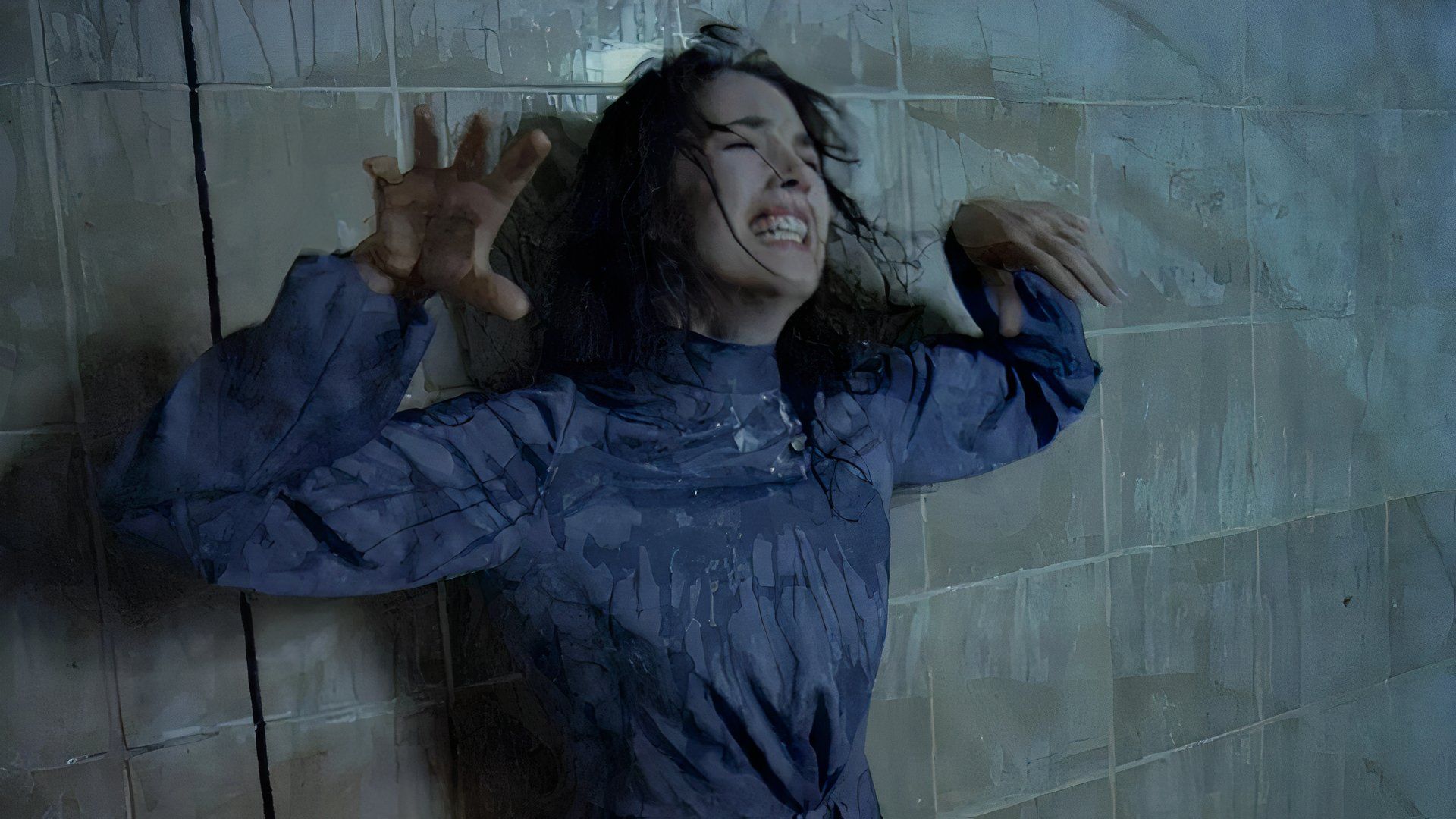There were two prominent themes that were addressed by many films throughout the 1980s: the complexity of human relationships and the continuing escalation of the Cold War. In 1981, director Andrzej Zulawski captured both themes in PossessionOne of the most mysterious films of the last decade, Possess, Set in a divided Berlin, the film depicts the troubled marriage between a spy named Mark (Sam Neill) and his cheating wife Anna (Isabelle Adjani). The film dramatizes the Cold War through themes of unity, division, and rebirth, with aspects of horror that seem lifted from the pages of H.P. Lovecraft. Possession This movie still impresses audiences after all these years.
Lots of mystery surrounding PossessionAside from its subject matter, its distribution in the United States was heavily edited and marketed as a horror film, with many nuances omitted. In essence, Possession It is a psychological horror film that explores the depth of human relationships and the inner turmoil that accompanies existential terror. Critical reception was mostly negative, with many critics comparing the film to a “horror” film. Possession to repulsion, broodand even Ingmar Bergman Scenes from a weddingWith the full version now available, audiences are finally able to appreciate a great film directed by one of cinema's unique pioneers.
City and marriage divided
Part of the event Possession The movie is also located. Set in Berlin during the Cold War, Zulawski exploits the divided city to its fullest advantage.Berlin, separated by a wall, and Mark and Anna's unfolding marriage, is not just a symbolic device, but provides an opportunity to use complex camera work to put the audience in the role of voyeur. The camera work, which simulates the feeling of being trapped in a fish bowl, establishes the isolation and division that exists in Berlin and in the marriage between Mark and Anna.Long. PossessionThe presence of guards on the Berlin Wall reinforces the feeling of surveillance and isolation.
Not only does the film focus on Mark and Anna’s marriage and its collapse, but it also extends to the skillful way in which many of the scenes are framed and the characters are positioned. Many of the scenes in which Mark and Anna appear together are framed in a way that shows the division between the two. Some examples of these include them occupying different rooms in their apartment while in the same shot and sitting back to back in a café as they discuss their crumbling union.
The city itself is far removed from the hustle and bustle of a major metropolitan area like West Berlin. The streets are very sparsely populated and very few interactions are depicted with other characters not directly related to Mark and Anna. Mark and Anna are the focus, and the city, their fractured marriage and desire for unity are intertwined.
Deals on the edge of madness
Both Sam Neill and Isabelle Adjani have had a career of exceptional performances that are both captivating and nuanced. The way they portray their characters is not so much a role as a facsimile of dementia and madness. Sam Neill in particular does a great job of capturing the terror and uncertainty of someone whose family life is slowly disintegrating, which is heightened by several scenes of him rocking back and forth in a chair as if he is having convulsions. Neil constantly walks the fine line between family man and someone who has lost control of his mind..
If Neil's performance as Mark plunges the audience into a world of uncertainty, Adjani could easily be described as completely unbalanced and far beyond normal.Adjani rarely has a moment on screen that isn’t completely detached and beyond what one might expect from her. Adjectives like “unpredictable” and “sociopath” might be used to describe Anna, but they don’t do her justice. Both shows illustrate the divisions that exist not only in Berlin and the marriage between the two, but also within themselves. Mark and Anna walk the subjective line between sanity and madness; the audience is left to decide for themselves what reality really is.
Unknown existential matters
The crumbling marriage and the deterioration of any semblance of reality allow Zulawski to explore philosophical meanings in his two main characters. No other moment in Possession is more painful for a first-time viewer than the scene in which Anna describes her miscarriage. Anna enters the subway tunnel carrying a sack of eggs; her body contorts violently as she vomits blood and other fluids.Describing abortion as a separation of “sister of faith” and “sister of chance,” this duality that emerges from Anna’s abortion is another example of Zulawski’s articulation of the complex issue of separation that emerges throughout Possession.
This play invites us into a great dialogue about symbolism and duality, and weaves a complex spell on its audience. Zulawski found an unconventional way to discuss a traditional topic.a film that was of great importance at the time of its release. It is an enigmatic film that has succeeded in permanently securing its legacy, transcendence, and artistic value. Possession Truly unique among contemporaries. Stream on Shudder.




